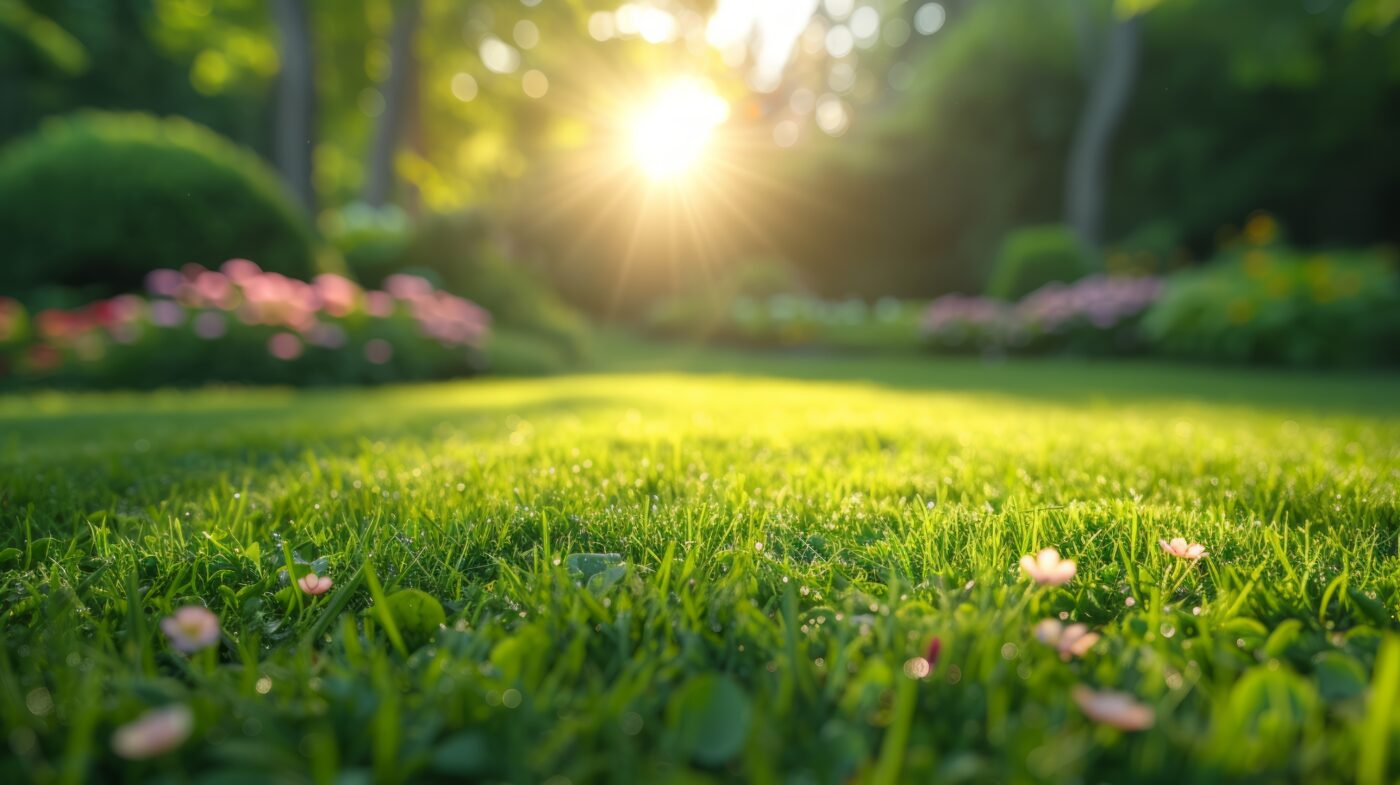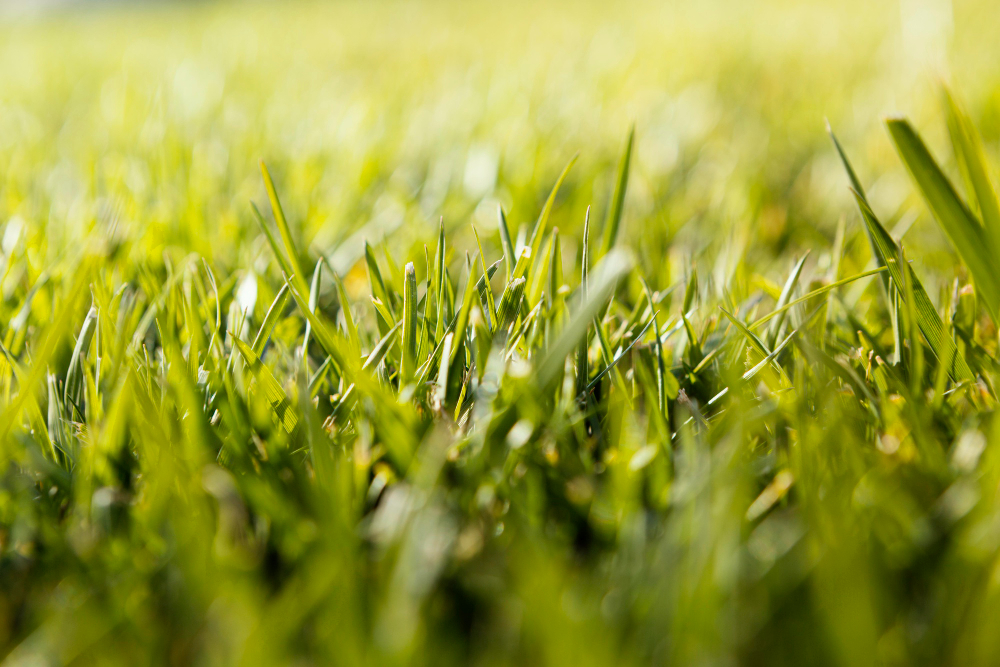Should I Test and Adjust My Soil pH?
When Should I Fertilize My Lawn?
How Often Should I Water My Grass?
It might seem like a lot to remember, but following these tips will help you achieve the greenest grass possible. 🌱

-
Soil Testing and pH Adjustment:
- Test Soil: Use a soil test kit to determine pH levels and nutrient content.
- Adjust pH: Grass typically thrives in soil with a pH of 6.0 to 7.0. If your soil is too acidic (below 6.0) or too alkaline (above 7.0), amend it accordingly. Add lime to raise pH or sulfur to lower it.
-
Fertilization:
- Choose the Right Fertilizer: Use a balanced fertilizer with nitrogen (N), phosphorus (P), and potassium (K). A high-nitrogen fertilizer promotes lush, green growth.
- Timing: Apply fertilizer in early spring and again in late summer or early fall for optimal results. Follow the recommended application rates to avoid over-fertilization.
-
Proper Watering:
- Water Deeply: Water your lawn deeply but less frequently. This encourages deep root growth and a more drought-resistant lawn.
- Morning Watering: Water in the early morning to reduce evaporation and minimize disease risk. Aim for about 1-1.5 inches of water per week, including rainfall.
-
Mowing Practices:
- Correct Height: Mow your grass at the recommended height for your grass type. Generally, keeping grass around 2.5-3.5 inches helps retain moisture and promotes healthier growth.
- Sharp Blades: Use sharp mower blades to ensure clean cuts, which reduce stress on the grass and prevent browning.
-
Aeration:
- Core Aeration: Aerate your lawn annually, preferably in the fall or spring. Aeration involves removing small soil plugs to improve air, water, and nutrient penetration.
-
Overseeding:
- Choose the Right Seed: Select a grass seed variety suited to your climate and lawn conditions.
- Application: Overseed your lawn in the fall or early spring to fill in bare spots and thicken the grass. This promotes a fuller, greener lawn.
-
Control Thatch:
- Thatch Management: If your lawn has a thick layer of thatch (more than 0.5 inches), consider dethatching. Thatch can block water and nutrients from reaching the roots.
-
Pest and Disease Management:
- Monitor and Treat: Regularly inspect your lawn for signs of pests and diseases. Treat problems promptly with appropriate methods to avoid damage and maintain lush growth.


